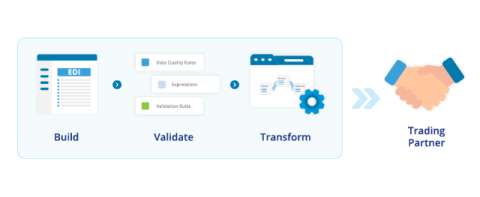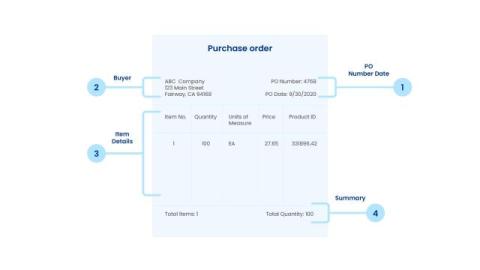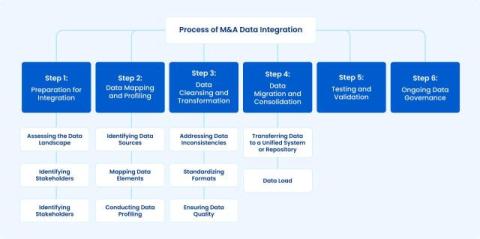What Is an EDI translation? An Ultimate Guide for 2024
Imagine a multinational business that deals with multiple suppliers and customers scattered across the globe, each with their own systems and processes. How does it ensure smooth communication and transactions with its business partners? The answer is Electronic Data Interchange (EDI), a standardized method for exchanging electronic documents between businesses.










